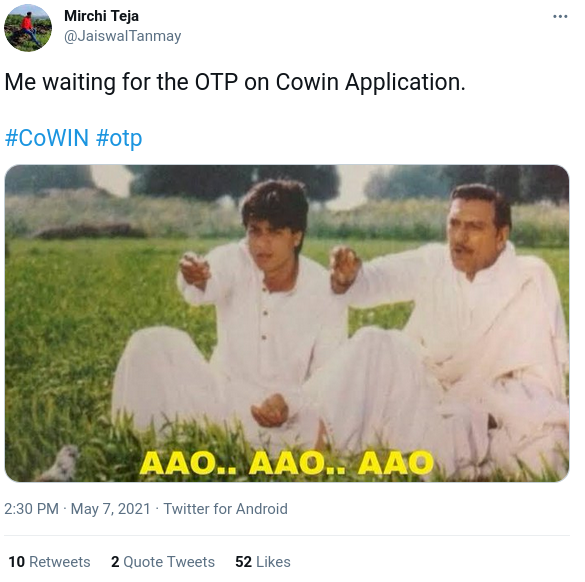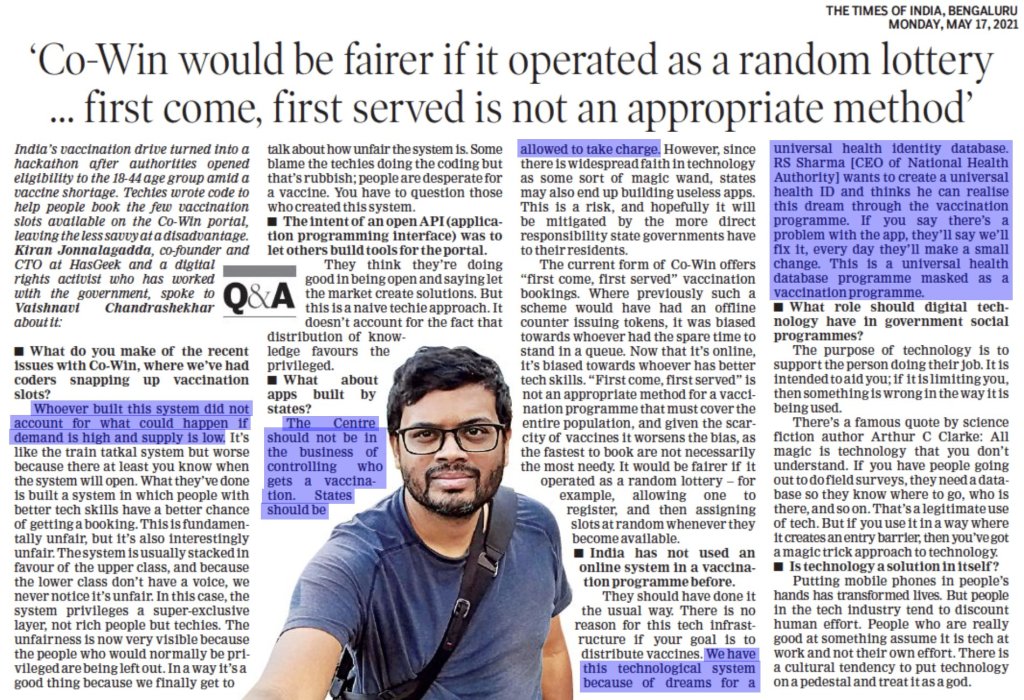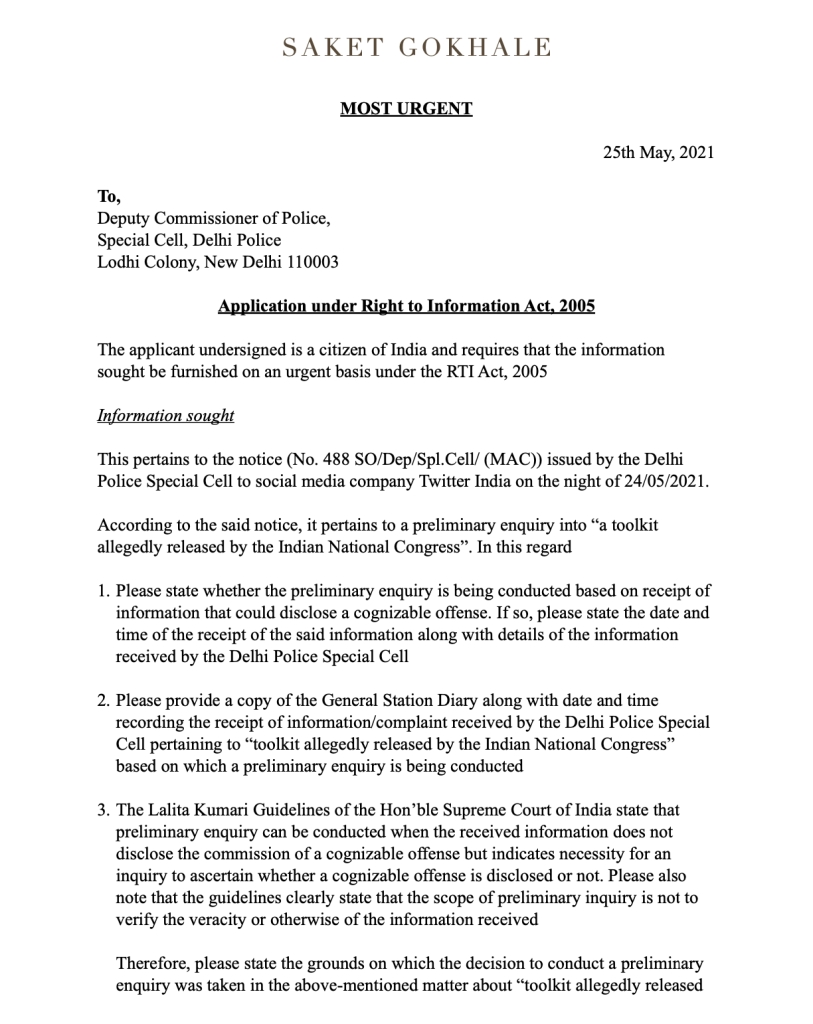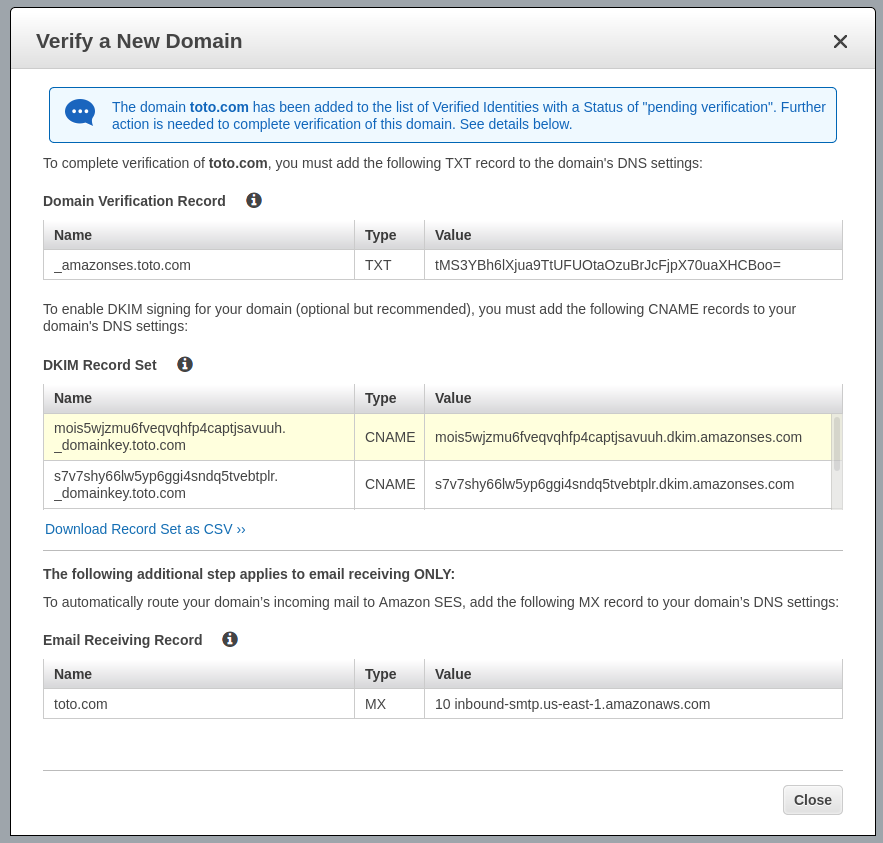This post is about some changes recently made to
Rust's
ErrorKind, which aims to categorise OS errors
in a portable way.
Audiences for this post
- The educated general reader interested in a case study involving
error handling, stability, API design, and/or Rust.
- Rust users who have tripped over these changes.
If this is you, you can cut to the chase and skip to
How to fix.
Background and context
Error handling principles
Handling different errors differently is often important (although,
sadly, often neglected). For example, if a program tries to read
its default configuration file, and gets a "file not found" error,
it can proceed with its default configuration, knowing that the user
hasn't provided a specific config.
If it gets some other error, it should probably complain and quit,
printing the message from the error (and the filename). Otherwise,
if the network fileserver is down (say), the program might
erroneously run with the default configuration and do something
entirely wrong.
Rust's portability aims
The Rust programming language tries to make it straightforward to
write portable code. Portable error handling is always a bit
tricky. One of Rust's facilities in this area is
std::io::ErrorKind
which is an enum which tries to categorise (and, sometimes,
enumerate) OS errors. The idea is that a program can check the
error kind, and handle the error accordingly.
That these
ErrorKinds are part of the Rust standard
library means that to get this right, you don't need to delve down
and get the actual underlying operating system error number, and
write separate code for each platform you want to support. You can
check whether the error is
ErrorKind::NotFound
(or whatever).
Because
ErrorKind is so important in many Rust APIs,
some code which isn't really doing an OS call can still have to
provide an
ErrorKind. For this purpose, Rust provides
a special category
ErrorKind::Other, which doesn't
correspond to any particular OS error.
Rust's stability aims and approach
Another thing Rust tries to do is keep existing code working.
More specifically, Rust tries to:
- Avoid making changes which would contradict the
previously-published documentation of Rust's language and
features.
- Tell you if you accidentally rely on properties which
are not part of the published documentation.
By and large, this has been very successful. It means
that if you write code now, and it compiles and runs cleanly, it is
quite likely that it will continue work properly in the future, even
as the language and ecosystem evolves.
This blog post is about a case where Rust failed to do (2), above,
and, sadly, it turned out that several people had accidentally
relied on something the Rust project definitely intended to change.
Furthermore, it was something which
needed to change.
And the new (corrected) way of using the API is not so obvious.
Rust enums, as relevant to
io::ErrorKind
(Very briefly:)
When you have a value which is an
io::ErrorKind, you
can compare it with specific values:
if error.kind() == ErrorKind::NotFound ...
But in Rust it's more usual to write something like this
(which you can read like a
switch statement):
match error.kind()
ErrorKind::NotFound => use_default_configuration(),
_ => panic!("could not read config file : ", &file, &error),
Here
_ means "anything else".
Rust insists that
match statements are
exhaustive, meaning that each one covers all the possibilities.
So if you left out the line with the
_, it wouldn't
compile.
Rust enums can also be marked
non_exhaustive, which is
a declaration by the API designer that they plan to add more kinds.
This has been done for
ErrorKind, so the
_
is mandatory, even if you write out all the possibilities that exist
right now: this ensures that if new
ErrorKinds appear,
they won't stop your code compiling.
Improving the error categorisation
The set of error categories stabilised in Rust 1.0 was too small.
It missed many important kinds of error. This makes writing
error-handling code awkward. In any case, we expect to add new
error categories occasionally. I set about trying to improve this
by
proposing
new ErrorKinds. This obviously needed considerable
community review, which is why it took about 9 months.
The trouble with
Other and tests
Rust has to assign an
ErrorKind to
every OS error,
even ones it doesn't really know about.
Until recently, it mapped all errors it didn't understand to
ErrorKind::Other - reusing the category for "not an OS
error at all".
Serious people who write serious code like to have serious tests.
In particular, testing error conditions is really important. For
example, you might want to test your program's handling of disk
full, to make sure it didn't crash, or corrupt files. You would set
up some contraption that would simulate a full disk. And then, in
your tests, you might check that the error was correct.
But until very recently (still now, in Stable Rust), there was
no
ErrorKind::StorageFull. You would
get
ErrorKind::Other. If you were diligent you would
dig out the OS error code (and check for
ENOSPC on
Unix, corresponding Windows errors, etc.). But that's tiresome.
The more obvious thing to do is to check that the kind
is
Other.
Obvious but wrong.
ErrorKind is
non_exhaustive,
implying that more error kinds will appears, and, naturally, these
would more finely categorise previously-
Other OS errors.
Unfortunately, the documentation note
Errors that are Other now may move to a different or a new
ErrorKind variant in the future.
was only added in May 2020.
So the wrongness of the "obvious" approach was, itself, not very
obvious.
And even with that docs note, there was no compiler warning or anything.
The unfortunate result is that there is a body of code out there
in the world which might break any time an error that was
previously
Other becomes properly categorised.
Furthermore, there was nothing stopping new people writing new
obvious-but-wrong code.
Chosen solution:
Uncategorized
The Rust developers wanted an engineered safeguard against the bug of
assuming that a particular error shows up as
Other.
They
chose the following solution:
There is now a new
ErrorKind::Uncategorized which is
now used for all OS errors for which there isn't a more specific
categorisation. The fallback translation of unknown errors was
changed from
Other to
Uncategorised.
This is de jure justified by the fact that this enum has always been
marked
non_exhaustive. But in practice because this
bug wasn't previously detected, there is such code in the wild.
That code now breaks (usually, in the form of failing test cases).
Usually when Rust starts to detect a particular programming error,
it is reported as a new warning, which doesn't break anything. But
that's not possible here, because this is a behavioural change.
The new
ErrorKind::Uncategorized is
marked
unstable. This makes it impossible to write
code on Stable Rust which insists that an error comes out
as
Uncategorized. So, one cannot now write code that
will break when new
ErrorKinds are added.
That's the intended effect.
The downside is that this does break old code, and, worse,
it is not as clear as it should be what the fixed code looks like.
Alternatives considered and rejected by the Rust developers
Not adding more
ErrorKinds
This was not tenable. The existing set is already too small, and
error categorisation is in any case expected to improve over time.
Just adding
ErrorKinds as had been done before
This would mean occasionally breaking test cases (or, possibly,
production code) when an error that was
previously
Other becomes categorised. The broken code
would have been "obvious", but de jure wrong, just as it is now,
So this option amounts to expecting this broken code to continue
to be written and continuing to break it occasionally.
Somehow using Rust's Edition system
The Rust language has a system to allow language evolution,
where code declares its Edition (2015, 2018, 2021).
Code from multiple editions can be combined, so that
the ecosystem can upgrade gradually.
It's not clear how this could be used for
ErrorKind, though.
Errors have to be passed between code with different editions.
If those different editions had different categorisations, the
resulting programs would have incoherent and broken error handling.
Also some of the schemes for making this change would mean that new
ErrorKinds could only be stabilised about once every 3
years, which is far too slow.
How to fix code broken by this change
Most main-line error handling code already has a fallback case for
unknown errors. Simply replacing any occurrence
of
Other with
_ is right.
How to fix thorough tests
The tricky problem is tests. Typically, a thorough test case wants
to check that the error is "precisely as expected" (as far as the
test can tell). Now that unknown errors come out as an
unstable
Uncategorized variant that's not so easy. If
the test is expecting an error that is currently not categorised,
you want to write code that says "if the error is any of the
recognised kinds, call it a test failure".
What does "any of the recognised kinds" mean here ? It doesn't
meany any of the kinds recognised
by the version of the Rust
stdlib that is actually in use. That set might get bigger.
When the test is compiled and run later, perhaps years later, the
error in this test case might indeed be categorised. What you
actually mean is "the error must not be any of the kinds
which
existed when the test was written".
IMO therefore the right solution for such a test case is to
cut and
paste the current list of stable
ErrorKinds into your
code. This will seem wrong at first glance, because the list in
your code and in Rust can get out of step. But when they do get out
of step
you want your version, not the stdlib's. So freezing the
list at a point in time is precisely right.
You probably only want to maintain one copy of this list, so put it
somewhere central in your codebase's test support machinery.
Periodically, you can update the list deliberately - and fix any
resulting test failures.
Unfortunately this approach is not suggested by the documentation.
In theory you could work all this out yourself from first
principles, given even the situation prior to May 2020, but it seems
unlikely that many people have done so. In particular, cutting and
pasting the list of recognised errors would seem very unnatural.
Conclusions
This was not an easy problem to solve well.
I think Rust has done a plausible job given the various constraints,
and the result is technically good.
It is a shame that this change to make the error handling stability
more correct caused the most trouble for the most careful people who
write the most thorough tests.
I also
think the docs could be improved.
edited shortly after posting, and again 2021-09-22 16:11 UTC, to fix HTML slips
comments
 As a follow on to a previous blog entry of mine,
As a follow on to a previous blog entry of mine,  Debian Reunion Hamburg 2021
Moin!
I'm glad to finally be able to send out this invitation for the "Debian Reunion
Hamburg 2021" taking place at the venue of the 2018 & 2019 MiniDebConfs!
The event will run from Monday, Sep 27 2021 until Friday Oct 1 2021, with
Sunday, Sep 26 2021 as arrival day. IOW, Debian people meet again in Hamburg.
The exact format is less defined and structured than previous years, probably
we will just be hacking from Monday to Wednesday, have talks on Thursday and
a nice day trip on Friday.
Debian Reunion Hamburg 2021
Moin!
I'm glad to finally be able to send out this invitation for the "Debian Reunion
Hamburg 2021" taking place at the venue of the 2018 & 2019 MiniDebConfs!
The event will run from Monday, Sep 27 2021 until Friday Oct 1 2021, with
Sunday, Sep 26 2021 as arrival day. IOW, Debian people meet again in Hamburg.
The exact format is less defined and structured than previous years, probably
we will just be hacking from Monday to Wednesday, have talks on Thursday and
a nice day trip on Friday.

 Sad but true, and
at least something for some people. We should all do more local events. And
more online events too, eg I think this is a great idea too:
Sad but true, and
at least something for some people. We should all do more local events. And
more online events too, eg I think this is a great idea too:
 This is not only the Year of the Ox, but also the year of Debian 11, code-named
bullseye. The release lies ahead,
This is not only the Year of the Ox, but also the year of Debian 11, code-named
bullseye. The release lies ahead, 









 The Hindu also
The Hindu also  Prerequisites
You will need the following prerequisites :
Prerequisites
You will need the following prerequisites :
 Ask AWS SES to verify a domain
Ask AWS SES to verify a domain Generate the DKIM settings
Generate the DKIM settings
 AWS SES pending verification
AWS SES pending verification AWS SES SMTP settings and credentials
AWS SES SMTP settings and credentials Mailtrain mailer setup
Mailtrain mailer setup Mailtrain to throttle sending emails to AWS SES
Mailtrain to throttle sending emails to AWS SES Debian has work-in-progress packages for Kubernetes, which work well enough enough for a testing and learning environement. Bootstraping a cluster with the
Debian has work-in-progress packages for Kubernetes, which work well enough enough for a testing and learning environement. Bootstraping a cluster with the  This article documents how to install
This article documents how to install